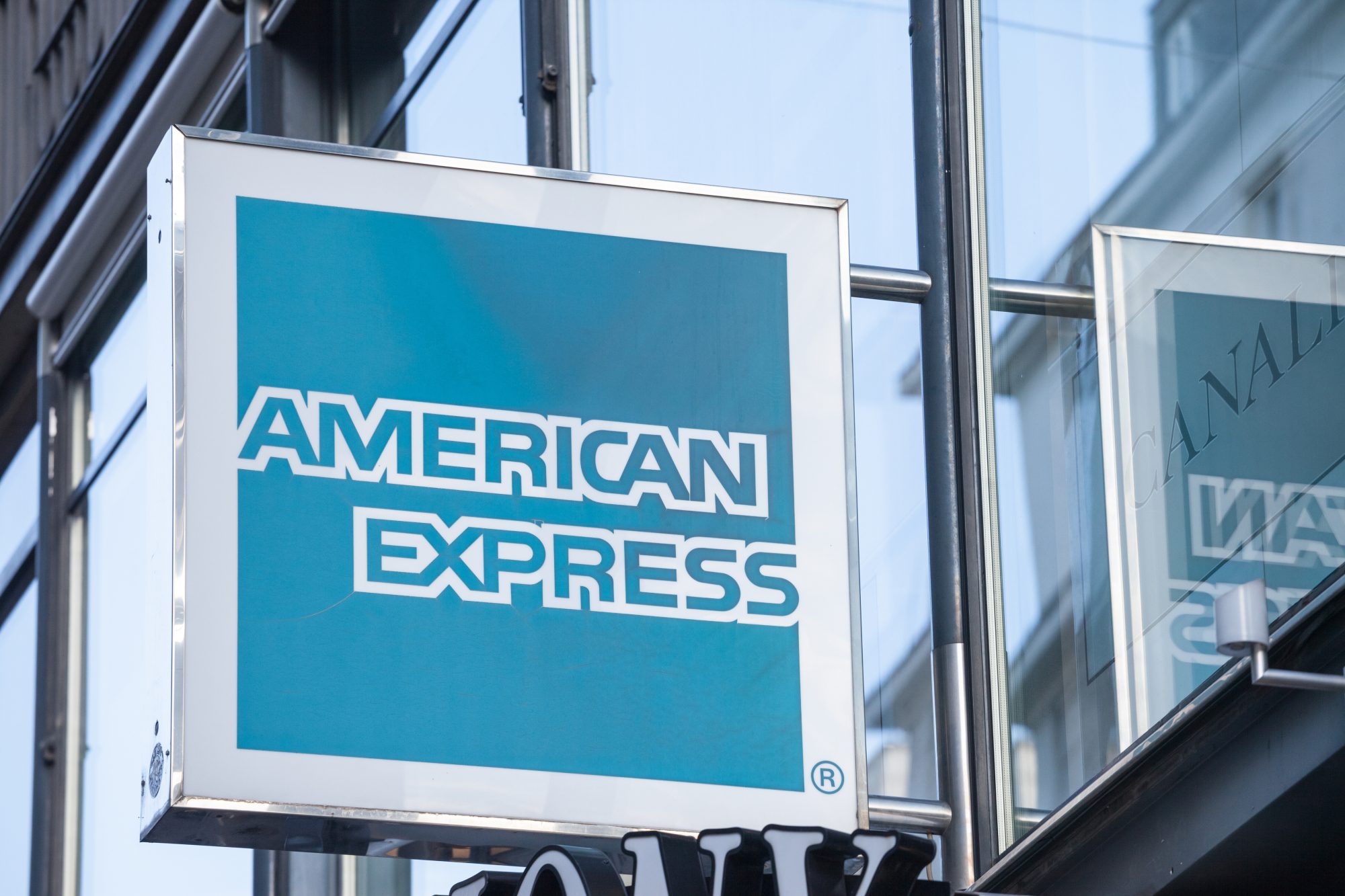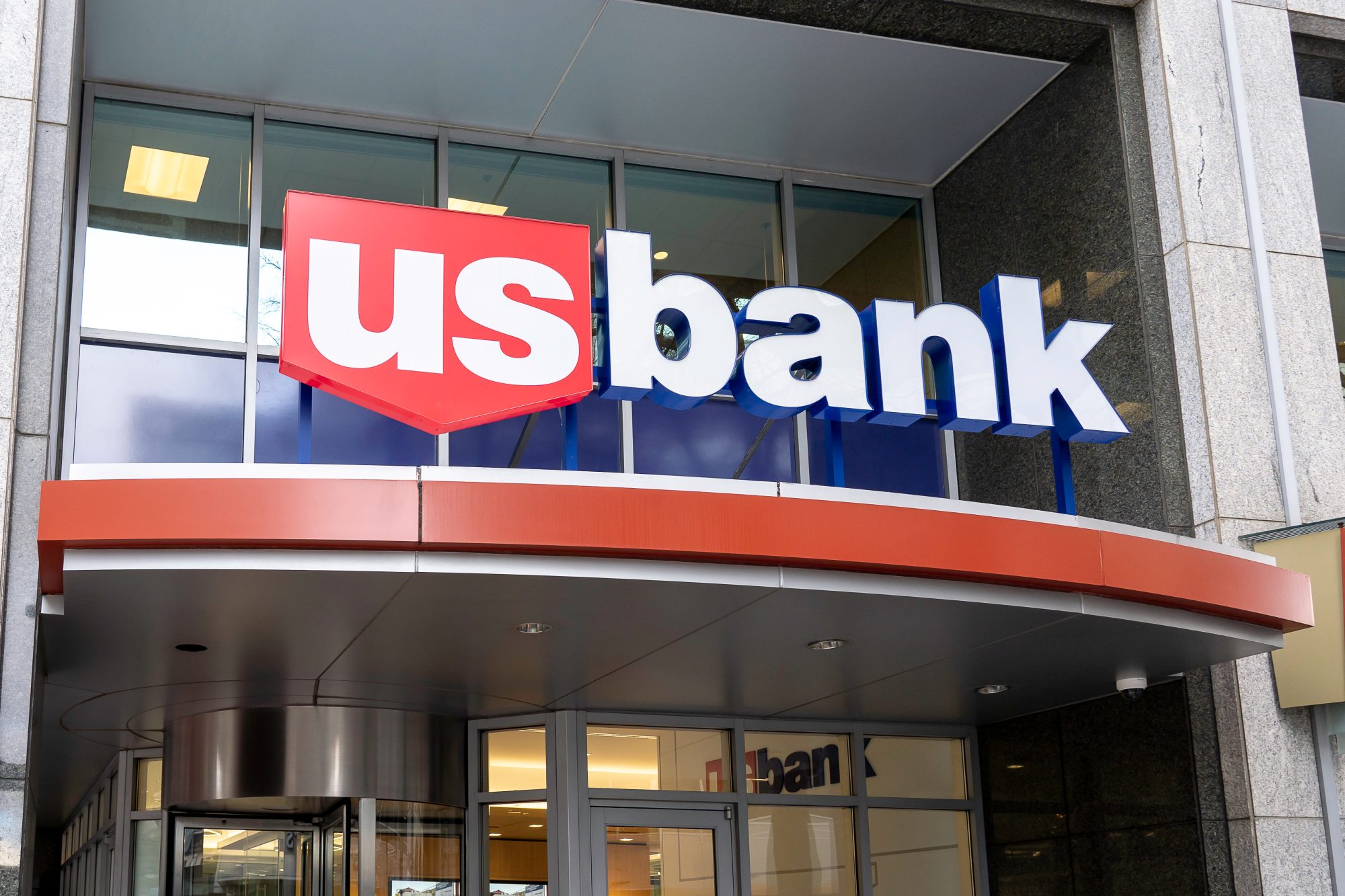If you spend any time at all on the internet, surely you’ve seen ads for services and consultants offering the “chance of a lifetime” where you can quit your job and make millions of dollars selling products on Amazon. As someone who spends his work life investigating (and putting a stop to) the various kinds of fraud perpetrated by Amazon sellers, I quickly became interested in these ads and in Amazon sellers in general.
Issues Faced By Amazon Sellers
It didn’t take much research to find Amazon sellers willing to share their successes and frustrations online. As I read their stories, however, I found that the issues faced by these third party retailers (“TPRs”) are some of the same issues that significantly impact both large and small brands that sell direct on Amazon. My firm, e-Enforce, specializes in online brand protection, so these issues weren’t new to me. Nonetheless, I thought it would be useful to list some of the blackhat tactics brands and TPRs should be aware of if they plan to sell products in online marketplaces like Amazon.
Q4 2019 hedge fund letters, conferences and more
Amazon Sellers & Fake Reviews
If you spend just a few minutes researching how to become a popular seller on Amazon, you will undoubtedly learn that positive reviews are critical to your success. Unfortunately for consumers, it is very easy for a seller to create fake reviews that leave the impression that the seller (or the brand he sells) is loved by many. As a consequence, that seller will also receive higher rankings than his competitors and, in turn, will be more likely to earn consumer dollars. What many consumers don’t know, however, is that many of those reviewers are compensated for positive reviews. Another tactic is for the seller to reimburse real customers for leaving a positive review. Other methods include making fake orders and leaving positive reviews through “zombie” Amazon accounts (explained below).
Zombie Accounts
Amazon is currently the largest retailer in the world. Not surprisingly, then, businesses are cropping up all over the world to ride the coattails of Amazon’s success. One unscrupulous industry that has come out of nowhere is fake review companies (almost always located in China). These businesses open hundreds or thousands of fake Amazon accounts (known as “zombie accounts”) that are used to emulate real customer browsing behavior (so as to avoid Amazon’s suspicions). These accounts allow TPRs to manipulate Amazon’s Buy Box, achieve high rankings quickly, and beat out competitors using more legitimate tactics.
Amazon sellers With Counterfeit Products And Listing Hijacking
As the Department of Homeland Security recently revealed in a report to the President, Amazon is rife with counterfeiters. Interestingly, those counterfeiters aren’t just selling phony wares through their own Amazon seller accounts. Indeed, they can easily sell counterfeit products on another seller’s listing because Amazon doesn’t actively audit listings to determine if the products are genuine or not. They can also easily fake UPC bar codes and apply them to counterfeits. Under current technology, Amazon will view the product as legitimate. Sabotaging competitors’ product listings. With a modest amount of tech savvy, a seller can potentially edit another seller’s listing, create confusion among consumers, and destroy the sales of his competitors. The one way to avoid this is for brands to join Amazon’s Brand Registry.
Variation Abuse
In online marketplaces, sets of products that are related to one another are known as variations (or “parent-child relationships”). Let’s say, for example, that you want to buy a certain type of dress socks. The main listing for your particular item may show a black dress sock in Mens’ size Medium. Variations of that item might come in different colors or different sizes. You can choose from among all available options right from the original product detail page. For Amazon sellers, these different variations will have different ASIN numbers and corresponding photos. Unfortunately, any Amazon seller can add a variation to an existing product because all variations of a product share reviews. The problem comes when sellers add entirely different products as variations to the original, all in an effort to piggyback off that original product’s high review statistics.
Stealing Internal Amazon Data
Many Americans do not realize that Amazon has quite a few employees within China. Even more shocking, perhaps, is that the higher-ranking employees in China are given direct access to the company’s internal network. Among other things, this allows those employees to access otherwise-private data relating to Amazon sellers. A black market has arisen that allows those Chinese employees to copy business reports and sell them to unscrupulous competitors. Sadly, this information can be purchased in a multitude of sites across the internet.
Merged Listings
Yet another sneaky trick is for an illicit seller to open a support case directly with Amazon seeking to merge inactive or discontinued product listings. They then attempt to merge their unsuccessful, unrelated listings with other listings that have a high volume of positive reviews.
False IP Claims
In recent years, Amazon has become more vigilant about shutting down listings accused of infringing someone else’s intellectual property rights. This opened the floodgates for rogue sellers to file false IP infringement claims against their competitors. At the very least, those claims can shut down another seller’s account for a period of time while the accused infringer gathers evidence to prove its right to sell products on Amazon. This is a risky tactic, however, as targeted sellers have found law firms that will take action against false reporters.
Product Listing Sabotage
Once an illicit seller gains access to a competitor’s listing pages, they will stop at nothing to sabotage sales. We’ve seen product listings essentially transformed into porn sites (or had everyday products re-listed in the adult products category). While the original seller can remedy these deceiving listings, they lose sales during the period of time it takes to identify and rectify the problem.
Manufacturer Disloyalty
There have been quite a few manufacturers (mostly out of China) willing to resell one company’s private-label products to other private-label brands. Some are even brash enough to sell a competitor’s products under their own brand within the Amazon marketplace.
Amazon sellers With Burner Accounts
Older Amazon accounts have a significant value to counterfeiters. Specifically, under older accounts, incoming revenue can be deposited to the owner’s bank on a daily basis (as opposed to bi-weekly). Counterfeiters buy up these old “burner” accounts as fast as they can so they can quickly extract money from Amazon before their schemes are detected and they are banned from the site.
Multiple Accounts
Problem sellers (again, mostly out of China) like to keep several unrelated accounts open at one time. This allows them to continue selling illicit goods even if one of their other accounts is shut down for rule violations.
Trademark Abuse
Finally, some sellers will scour the internet for brands that are not currently selling on Amazon. They will then falsely register that brand’s trademarks with Amazon and will kick off all other retailers who attempt to sell that brand (even, in some instances, the actual owner of the trademark).
With Amazon Sellers It's All About The Profit
To the average Amazon seller just looking to earn a buck retailing goods, the above tactics seem abysmal. Unfortunately, 1/3 of Amazon’s TPRs are currently located in China, far beyond the reach of U.S. laws, regulations, and legal processes. Consequently, they have very little incentive not to cheat the system. Also, while Amazon recognizes this problem, it makes tens of millions of dollars off illicit sellers every year. Thus, the company has very little incentive to clear out the bad actors. Sadly, until some outside source comes in to clean out the underbelly of Amazon, decent sellers and decent brands will continue to get cheated in that venue.
Bruce Anderson is the co-founder of eEnforce, a brand protection firm, as well as a freelance journalist that covers the rapid explosion of harmful activities in eCommerce that adversely impacts brands, organizations and consumers. Bruce is currently a member of the FBI Infraguard, and the Secret Service Financial Crimes Task Force, is former police detective and is registered as a Private Investigator, specializing in investigating illegal eCommerce and brand protection activities. You can reach him at [email protected].













